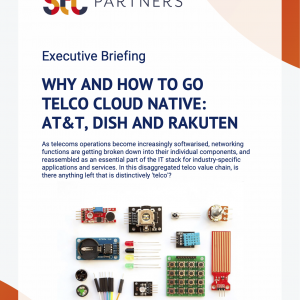The changing spectrum landscape: WRC19, 5G and beyond
£1,000.00 excl VAT
The 4-yearly ITU World Radio Congress (WRC’19) which sets world policy on radio spectrum, most critically 5G this time, has just ended. What agreements were reached, and what do they mean for traditional telcos, new telcos, telco-sector vendors and regulators?
Description
Format: PDF filePages: 39 pagesCharts: 09Author: Dean BubleyPublication Date: November 2019
Table of Contents
- Executive Summary
- Introduction
- What WRC really means
- Recent developments: What has changed?
- WRC’19 is a microcosm – spectrum issues are much broader
- Spectrum for 4G / 5G
- Is mmWave 5G spectrum a red herring?
- Implications for the Coordination Age
- WRC-19 process and structure
- How ITU and WRC work
- Spectrum, WRC and The Great Game: Why telcos need to care
- WRC: Other issues and debates
- How important is WRC and harmonisation in future?
- Beyond WRC: Other spectrum issues and debates
- New mobile spectrum conditions
- Local, dynamic and vertical spectrum
- Secondary spectrum markets
- Spectrum for Wi-Fi
- Satellites and HAPs
- Conclusion
Table of Figures
- Figure 1: More IMT spectrum… but just for 5G MNOs, or more widely allocated?
- Figure 2: Plausible? GSMA forecasts a huge GDP contribution from mmWave 5G
- Figure 3: The ITU’s top-level structure
- Figure 4: Example of WRC preparations timeline
- Figure 5: Radio Frequency Band Names
- Figure 6: Contentious topics at WRC’19
- Figure 7: Handsets support far more bands now – is harmonisation as important?
- Figure 8: Growing innovation in non-MNO spectrum allocations for 4G / 5G networks
- Figure 9: Orange is comparatively network-agnostic
Technologies and industry terms referenced include: 5G, business models, CBRS, IoT, ITU, mmWave, regulation, satellite, spectrum, spectrum sharing, WRC’19


